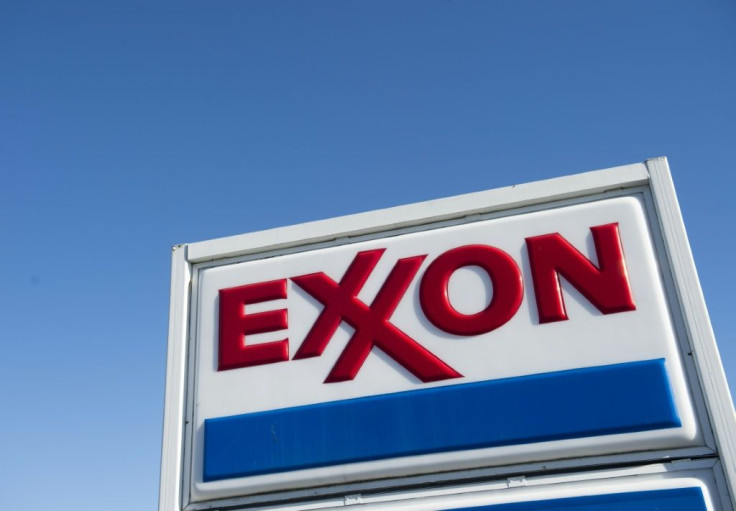Dow Jones Industrial Average Kicks Exxon, Pfizer Out Of Blue-Chip Index

KEY POINTS
- Apple is by far the most expensive member of the Dow
- The last time the Dow enacted so many simultaneous changes was 2013
- Exxon first joined the Dow in 1928 when it was called Standard Oil of New Jersey
Some big changes are in store for the famed Dow Jones Industrial Average
S&P Dow Jones Indices said late on Thursday that Salesforce.com (CRM) will replace Exxon Mobil Corp. (XOM); Amgen Inc. (AMGN) will replace Pfizer Inc. (PFE); and Honeywell International Inc. (HON) will replace Raytheon Technologies Corp. (RTX). The changes are effective prior to the opening of trading on Monday, Aug. 31.
S&P explained the index changes were prompted by the decision of Dow component Apple Inc. (AAPL) to enact a four-for-one stock split – a step that would reduce the index's weight in the information technology sector. The reconfiguration of the index will “help offset that reduction” and also help to “diversify the index by removing overlap between companies of similar scope, adding new types of businesses that better reflect the American economy.”
“Basically Apple -- by itself -- took the technology [weighting] within the Dow down from 27.6% to 20.3%. It’s a significant decline,” Howard Silverblatt, senior index analyst at S&P Dow Jones Indices, told CNBC. “By adding Salesforce, you can come back to 23.1% of the Dow being in technology.”
As the Dow is price-weighted, stocks with higher share prices – like Apple -- are granted greater weighting. In contrast, the S&P 500 index is based on market capitalization.
Trading in excess of $500 per pre-split share, Apple is by far the most expensive member of the Dow and has had a disproportionate influence on its performance.
Silverblatt also noted that stock splits among Dow components are rare -- the last one occurred in December 2015 when Nike (NKE) had 2-for-1 split.
Silverblatt added that such a shake-up in the Dow – six stocks being involved -- is “extremely unusual.”
“This is a massive amount [of changes], especially when you add in Apple, which re-weights it significantly. So we expect to see a lot of action on it, a lot of buying and selling,” he said.
The last time the Dow enacted so many simultaneous changes was in 2013, when Goldman Sachs (GS), Nike and Visa (V) replaced Alcoa (AA), Bank of America (BAC) and Hewlett-Packard – now called HP (HPQ).
The last individual swap on the Dow occurred in 2018 when drugstore chain Walgreens Boots Alliance (WBA) replaced General Electric (GE).
Exxon first joined the Dow in 1928 when it was called Standard Oil of New Jersey. Exxon’s removal now means Chevron (CVX) will be the sole energy stock in the Dow.
Environmentalist Bill McKibben tweeted: “As recently as 2011 Exxon was the biggest company on earth. Now it's been booted from the Dow Jones index. Thanks to all who have helped.”
Honeywell was removed from the Dow in Feb. 2008 and now has returned.
Peter Boockvar, chief investment officer at Bleakley Advisory Group, was puzzled by S&P’s actions.
“I’m surprised by the news as energy [like Exxon] still powers the world but we know how out of favor [the energy sector] is,” he told CNBC. “I’m not sure there is much difference between [Pfizer] and Amgen nor [between] Honeywell and Raytheon.”
Year-to-date, shares of two of the new components, SalesForce and Honeywell, have gained 28.2% and dropped 8.6%, respectively. Amgen shares were flat.
Shares of the three discarded components, Exxon, Pfizer and Raytheon dropped 36.2%, gained 2.1% and fell 32.8%, respectively, year-to-date.
© Copyright IBTimes 2025. All rights reserved.





















